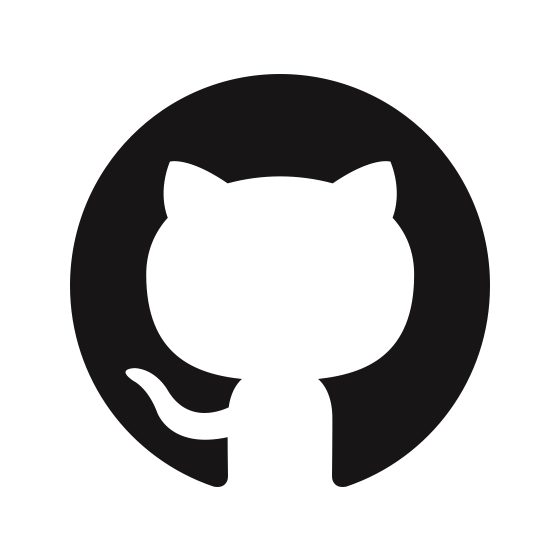-
Streamlined Embedded Development: Raspberry Pi Pico with CLion and J-Link on macOS
This article will provide a comprehensive guide to building an embedded development environment for Raspberry Pi Pico using CLion and the J-Link debugger tool RTT (Real-Time Transfer) on macOS. I will provide the Ubuntu setup instructions in a separate article. Getting Started with Pico The official documentation by Raspberry Pi Pico provide a general instruction…
-
Utilizing Git and GitHub
There are many ways to build a development environment on a Linux or Mac machine for developing hardware/software based on Raspberry Pi Pico, and there is no particular way that is the best. However, I found that using CLion and Segger’s J-Link debugger provides a streamlined experience, so I suggest my students try this. No…
-
Arduino-Max via Serial Port
This document is intended to elucidate the basic concept of using the serial port in Max and Arduino. It aims to simplify complex programming techniques, enabling readers to grasp the essence easily and transition seamlessly into more advanced applied programming, building upon the knowledge gained from other available tutorials. Understanding what we are sending and…
-
Max – Creating a Simple Additive Synthesizer
In this tutorial, we will explore the concept of additive synthesis and learn how to create a simple software additive synthesizer using Max.
-
Demystifying SFZ: A Guide to Understanding the SFZ Format for Sound Libraries
The SFZ format is a file format used for defining sound libraries in a plain text file. Essentially, a file with a .sfz extension contains instructions and parameters on how a sampler should play back a set of audio samples listed in the .sfz file. These instructions and parameters cover various aspects, including key ranges,…
-
Recording and Organizing Sounds to Prepare Your Sound Palette
One of our main tools for performing sounds is a sampler. In this discussion, we will explore how to record materials, edit them to produce personalized sounds, and perform with them. In the early 20th century, music and sound were recorded, and in the early 1940s, French composer Pierre Schaeffer began recording and editing object…
-
The signal flow in new_LOrk setup
Even though laptop orchestras, referred to below as ‘LOrk,’ have a relatively short history, their traditional setup is inherited from ‘PLOrk’ (Princeton Laptop Orchestra). In this setup, each individual performer is equipped with ‘a laptop, a multi-channel hemispherical speaker, a variety of control devices (such as keyboards, graphic tablets, sensors, and others), and software developed…
-
Max – ‘Hello World!’
In this tutorial, we’ll explore a simple piece of code designed to display ‘Hello World!’ in the Max console.






